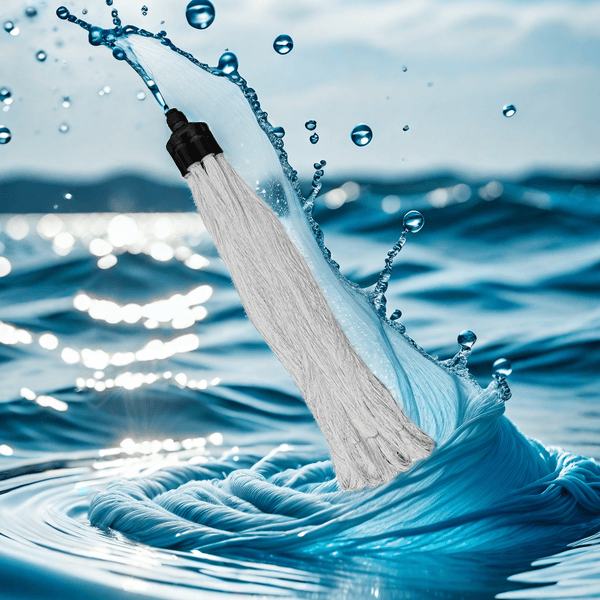How MABR membrane technology treats different types of wastewater
MABR membrane technology shows strong adaptability and flexibility in treating different types of wastewater, which is mainly reflected in the following aspects:
1. Municipal domestic sewage treatment:
MABR technology performs well in treating municipal domestic sewage. Due to the strong biodegradability of domestic sewage, the denitrifying bacteria in the MABR system can effectively absorb and remove nitrogen pollutants such as organic nitrogen and ammonia nitrogen in the water. MABR can achieve efficient denitrification and carbon removal processes at the same time.
2. Industrial wastewater treatment:
For industrial wastewater with complex composition, high concentration, low biodegradability, high toxicity and high salinity, MABR technology also shows good treatment capabilities:
It can remove refractory organic matter and nitrogen substances at the same time.
By optimizing process conditions and regulating the biofilm community structure, it can adapt to different types of industrial wastewater.
For saline industrial wastewater, the MABR system can adapt to the high-salinity environment by adjusting the biofilm community structure.
3. High-concentration wastewater treatment:

The biofilm of MABR technology can operate stably under high organic loads and is suitable for treating high-concentration industrial wastewater.
4. Low-temperature wastewater treatment:
Some studies have optimized the operating parameters of MABR for treating low-temperature wastewater and developed a wastewater treatment method suitable for low-temperature conditions.
5.Flexible response to water quality fluctuations:
The MABR system has a strong ability to resist load shocks and can cope with large fluctuations in wastewater quality and maintain a stable treatment effect.
6. Composite technology application:
MABR can be combined with other treatment technologies, such as MBR (membrane bioreactor), to further improve the treatment effect of specific wastewater.
In short, MABR membrane technology can adapt to and effectively treat various types of wastewater through its efficient oxygen supply, unique biofilm structure and flexible process design. According to the characteristics of different wastewaters, efficient and stable treatment effects can be achieved by optimizing operating parameters, regulating the biofilm community structure, and adopting composite technologies. This adaptability makes MABR technology have broad application prospects in the fields of municipal sewage treatment and various industrial wastewater treatments.
